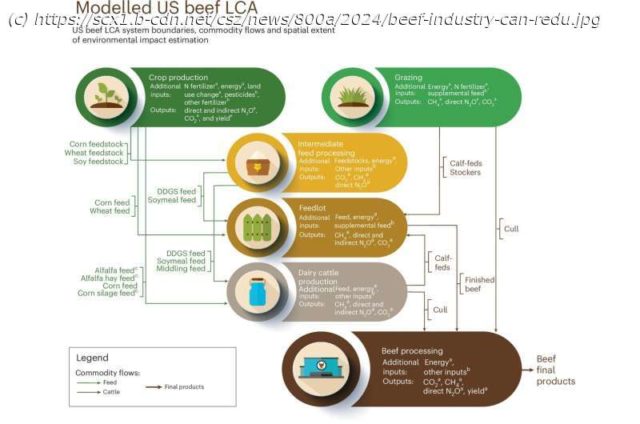Greenhouse gases resulting from human activity have been the largest driver of climate change since the mid-20th century—especially from agriculture. The U.S. beef industry alone is responsible for 3.3% of the nation’s total emissions, and even with greater reduction commitments among beef industry partners and meaningful gains over the past 50 years, the highly complex supply chain remains a barrier.
Greenhouse gases resulting from human activity have been the largest driver of climate change since the mid-20th century—especially from agriculture. The U.S. beef industry alone is responsible for 3.3% of the nation’s total emissions, and even with greater reduction commitments among beef industry partners and meaningful gains over the past 50 years, the highly complex supply chain remains a barrier.
New research published in Nature Food, from the University of Minnesota’s Institute on the Environment (IonE) and The Nature Conservancy, outlines actionable steps the U.S. beef industry can take to reduce greenhouse gas emissions by up to 30%. Rylie Pelton, lead author and research scientist with IonE, and fellow researchers developed and applied the first county-level, location-specific assessment of the beef industry’s environmental impact, which identified geographic emission hotspots along the supply chain.
The research found:
The U.






